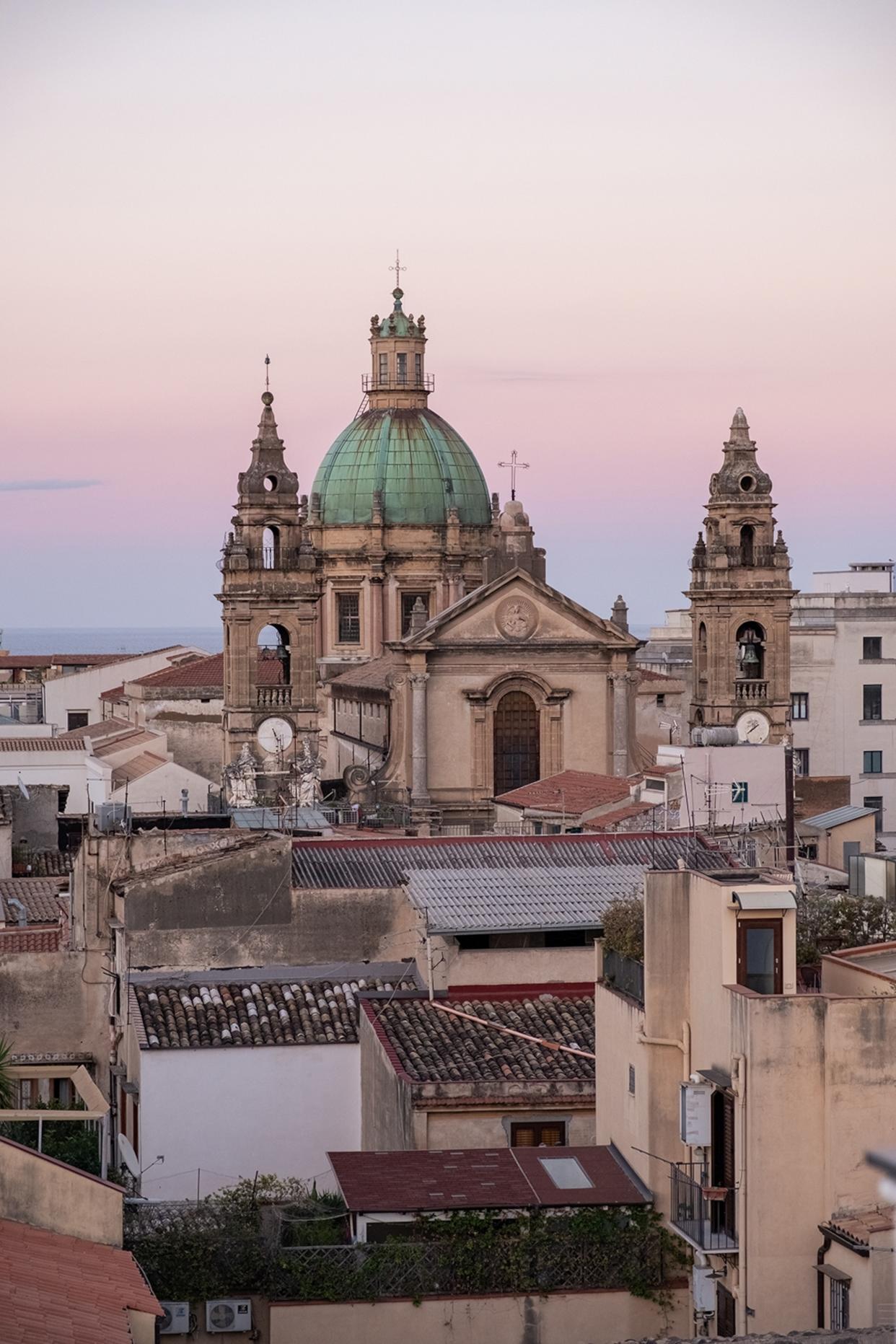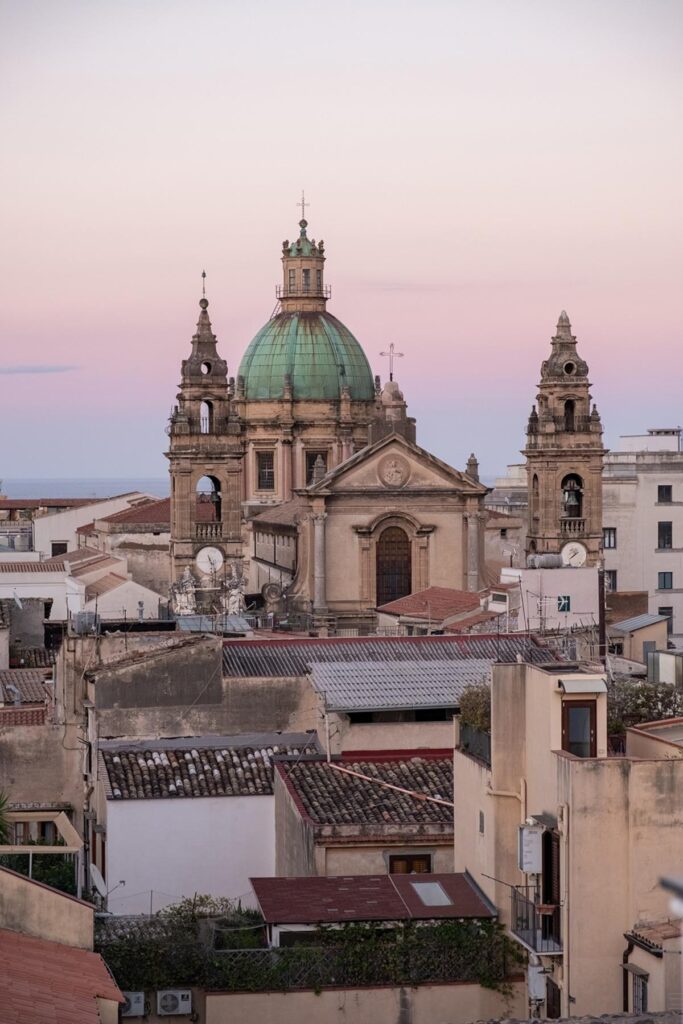
This article is produced by National Geographic Traveler (United Kingdom).
It’s Friday night, and the midsummer heat is finally starting to subside. On the central Via Maqueda, between baroque churches and crumbling palazzi (grand buildings), everyone is out. Pensioners, parents, teenagers and toddlers are all here on this long, car-free street — and no one is going anywhere fast. Not even the bride, who strolls through the crowd in a cloud of sequins and white lace. Judging by the frown on her best man’s face, she’s late. But she doesn’t seem to care. The only thing that clearly matters is that everyone sees her. Here, now — on a street full of her fellow Palermitans.
Welcome to the city’s passeggiata, the Italian ritual of dressing up, strolling and watching everyone go by. The wonder of the tradition in the Sicilian capital is not so much that it’s crowded, but that it happens at all. Just 25 years ago, Palermo’s historic core was largely shut down after dark. The 2001 Rough Guide to Italy was astonished by the silence. “The strangest thing about Palermo’s fast-paced lifestyle is that it all but stops around 8pm,” it notes.
Not anymore. “It was the Erasmus programme that started the change,” says Marco Romeo of Streaty food tours, when I meet him for a beer in nearby Piazza Sant’Onofrio. He has been leading street food and restaurant tours of his hometown since 2013 and he remembers well the days when Via Maqueda was closed off at night. Petty crime was rife in this mafia-controlled neighbourhood. Until, little by little, a new wave of visiting university students from across the European Union began to change the tone. “They wanted to go out at night, just like at home,” he says. “So bars started opening to cater to their needs.”
The turning point came 10 years ago, when the city’s anti-mafia mayor, Leoluca Orlando, was in power. He made it a priority to clean up the city, and to push for UNESCO recognition of Palermo’s palaces and churches, several of which combine both Christian and Muslim artistic traditions. One of the conditions for World Heritage status is good pedestrian access — so his administration closed two of the city’s main streets to traffic.
One was Via Maqueda, the other Via Vittorio Emanuele, an ancient axis that linked the port to the monumental Porta Nuova gate. Their straightness made them both natural promenades, and soon life flowed along them, petty crime drowned out by the buzzing crowds. A kaleidoscope of brightly lit pizzerias, cafés and bars sprang up, making the traditional passeggiata the natural prelude to a night out.




To join in, all you have to do is wander these streets—as I do after my conversation with Marco. I start with a glass of Carricante, a minerally white wine from Etna, at Dal Barone on Via Alessandro Paternostro, just off Via Vittorio Emanuele. It’s a small organic wine bar, and most of the customers spill out onto the sidewalk. To my right, the street curves into a cacophony of chatter and cocktails.
Last fall, Palermo’s passeggiata scene experienced a sudden growth spurt toward La Cala, the oldest part of the harbor. Here, the sleek new Palermo Marina Yachting development has restaurants with flat roofs and glass walls. Some might say it belongs in Dubai, but that hasn’t stopped the crowds from flocking here after dark. I grab a late-night pistacchio gelato and join the throng of Palermitans outside, delighted by the light show washing color into the marina’s surging fountains.
On my way back to Palermo’s historic centre, I cross the busy Via Cala and come across something a little rougher and less varnished at Via Chiavetteri. It’s packed with restaurant tables and echoes with the voice of a singer performing at the Honey Rum bar. She’s belting out the Italian entry for the 2023 Eurovision Song Contest, Due Vite (‘Two Lives’). Many in the audience know the lyrics by heart. The energy of this revived city is palpable, and so the night continues.
How do you do that:
Real holidays has a three-day tailor-made holiday in Palermo from £850 per person, B&B, including flights and a street food tour. You can also stay in Natoli Palacenear Via Vittorio Emanuele, from €143 (£122), B&B. Streaty’s Tours from €64 (£55) per person.
This story was created with the support of Real Holidays and Palazzo Natoli.
Published in the October 2024 issue of National Geographic Traveler (United Kingdom).
To subscribe to National Geographic Traveler (UK) magazine click here(Only available in certain countries).







